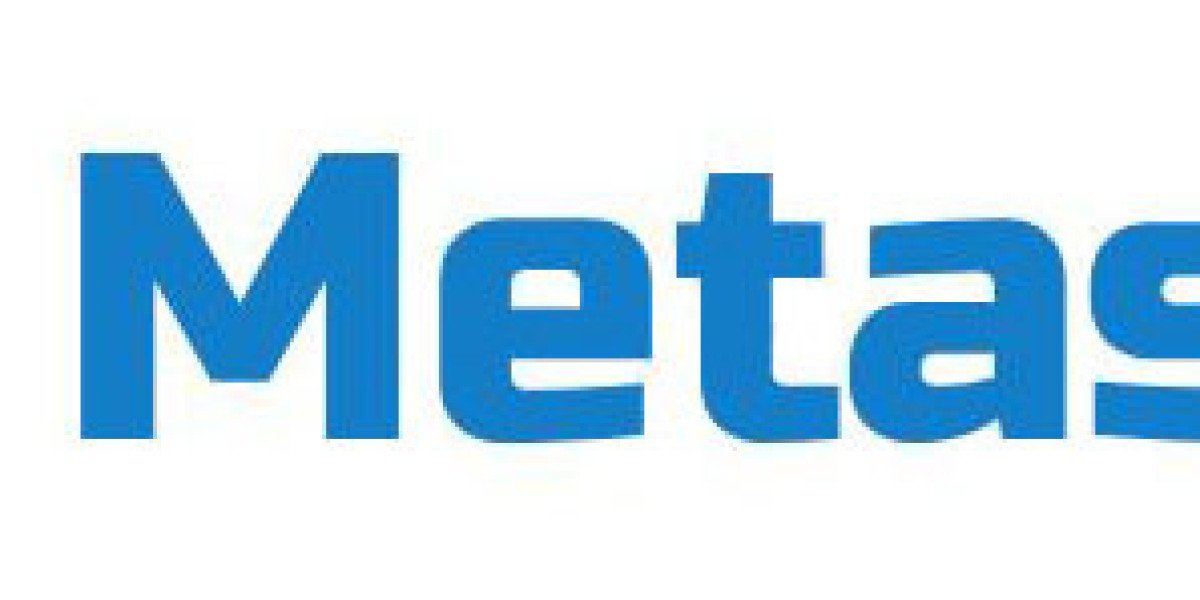The Hospital-Acquired Infections Market Economic Outlook reflects increasing healthcare expenditure globally and a growing focus on infection prevention in hospitals. Rising costs associated with HAIs, including extended hospital stays, additional treatments, and increased morbidity, have prompted healthcare institutions to adopt advanced diagnostic and sterilization technologies. Governments and healthcare regulators are encouraging investments in preventive solutions through funding, reimbursement policies, and infection control mandates.
Economic growth in emerging markets is facilitating investments in modern hospital infrastructure, improved hygiene standards, and automated monitoring solutions. Hospitals are increasingly prioritizing cost-effective solutions that reduce the financial burden of HAIs while ensuring patient safety. These economic drivers support sustained adoption of innovative technologies and products, creating opportunities for market expansion and profitability in the Hospital-Acquired Infections Market.
FAQs
Q1: How do HAIs impact healthcare costs?
A1: They increase hospital stays, treatment expenses, and patient morbidity.
Q2: What economic factors influence market growth?
A2: Government funding, reimbursement policies, and hospital investments.
Q3: How are emerging markets contributing?
A3: By investing in modern hospital infrastructure and infection prevention solutions.
Q4: Why is cost-effective technology important?
A4: It reduces financial burden while improving patient safety.








